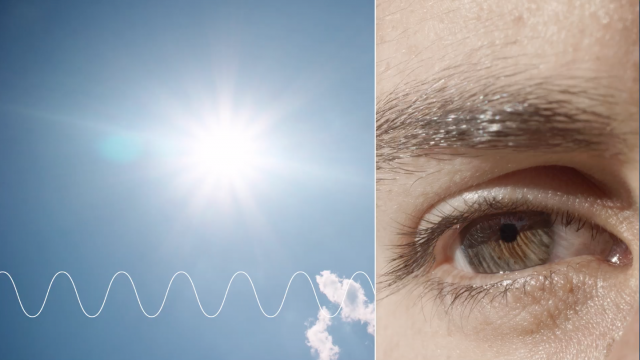Electric light makes the modern world possible. But not all kinds of light are good for us. Numerous studies show that blue light – like the light of a tablet – can suppress our bodies’ flow of melatonin and encourages us to be alert. The resulting loss of sleep can have serious health consequences.
In a 2014 Penn State study, people read from either light-emitting devices or paper books before sleep. The subjects who had read from the devices took longer to fall asleep, slept less restfully and performed worse on cognitive tests the next day compared to those who had read paper books.

It’s not just the chemical impact of electric light on our bodies that can be harmful, scientists say, but the way it enables us to be active any time of day or night.
“Electric lighting allows us to stay up later, but we still get up early, so we are scrunching our sleep,” said Stanford professor Jamie Zeitzer, a sleep researcher who is preparing an undergraduate course on the historical impact of electric light on society. “I do think our use of electric lighting has long-term consequences for our health,” he added. “But what the consequences are, we don’t yet know.”

But we’ve traded away something else for the privilege of 24-7 illumination – something most of us aren’t even aware we’ve lost. In the 1990s, Virginia Tech historian Roger Ekirch discovered a once-common pattern of “segmented,” or divided, sleep – two roughly four-hour periods of sleep separated by an hour or two of calm wakefulness. According to hundreds of historical references, people used this calm time to pray, read, write, have sex or quietly socialize. It was a period particularly conducive to reflection and creativity.
Ekirch’s theory was boosted by an influential 1992 sleep experiment by Thomas Wehr, former chief of the Clinical Psychobiology branch at the National Institute of Mental Health. In Wehr’s month-long study people deprived of artificial light reverted to segmented sleep patterns after several weeks of sleeping for 11 hours a night. In the period of waking between the two sleeps, the brain produces high levels of prolactin, the relaxation hormone enjoyed by breastfeeding mothers and postcoital lovers.
Ekirch thinks segmented sleep is our natural pattern.
“Segmented sleep, in my view, was the dominant pattern of slumber, arguably, since time immemorial, to judge from ancient literary texts,” he said. “It was, indeed, our natural form of sleep, (and is) still prevalent in pre-industrial cultures around the world without the benefit of artificial illumination.”
When the sun went down, our ancestors’ activities were dramatically limited. This was just as well, because uncertainty and danger lurked in the darkness, and it was considered safest to stay close to home.
 But humans have always rebelled against the darkness. Our first artificial lights were campfires and torches. Oil-filled stone lamps were found deep in the cave at Lascaux, France, where they were used 30,000 years ago to light Cro-Magnon artists’ work.
But humans have always rebelled against the darkness. Our first artificial lights were campfires and torches. Oil-filled stone lamps were found deep in the cave at Lascaux, France, where they were used 30,000 years ago to light Cro-Magnon artists’ work.
Sometimes, people even enlisted the help of animals for illumination. They threaded an oily fish or bird with a wick and lit it, or trapped fireflies in a cage. Much later, whale oil, and gas street lamps in the 1800s made it fashionable and easier to socialize after dark. And sleep patterns began to shift.
 But it was electric light that changed everything. Thomas Edison’s ingenious filament bulb in 1879 swiftly became ubiquitous in much of the world. As people became accustomed to light on demand, our fundamental relationship to time changed as well. Suddenly, the night was open for business, and we began to take advantage of it with greater and greater demands on our productivity.
But it was electric light that changed everything. Thomas Edison’s ingenious filament bulb in 1879 swiftly became ubiquitous in much of the world. As people became accustomed to light on demand, our fundamental relationship to time changed as well. Suddenly, the night was open for business, and we began to take advantage of it with greater and greater demands on our productivity.
Now that there’s no going back, experts say there are steps we can take to protect our sleep. Zeitzer noted that the amount of light we are exposed to during the day determines how susceptible we are to blue light in the evening. The more light we are exposed to during the day, the less our sleep will be disturbed by nighttime lighting. He recommends taking a walk in the sunlight during the day to mitigate the effects of light use at night.
“Electric light has fundamentally altered the relationship between human behavior and the environment,” Zeitzer said. “This has led to massive increases in productivity and available entertainment, but the cost may be our long-term health and mental well-being.”
